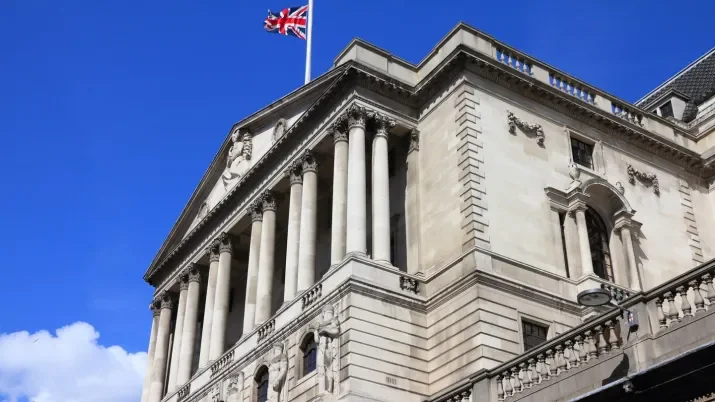Resurrection Of A Market
The last ten year period has seen supply from various parts of the ABS market ebb and flow. This has been driven by sector specific issues – cheaper funding levels being provided by Funding for Lending keeping UK Prime levels low, sales of state-owned assets leading to jumbo sized financings from private equity buyers, and so on.
Commercial Mortgage Backed Securities (CMBS) saw a dearth of new supply in 2016 and 2017, and significant levels of negative net issuance as existing transactions matured. The lack of supply was mainly driven by a strong bid from commercial real estate (CRE) debt investors. If an investment bank makes a loan to a property investor, and they can syndicate that loan to CRE debt investors at a similar rate as they can sell it to CMBS investors, then why spend the time, effort and significant cash required to get the CMBS deal structured, rated and sold?
The economics of the markets are now more balance and in 2018 we have seen the primary CMBS market return to life, with the seventh deal being announced yesterday. To date those deals have covered loans on properties in Italy, the UK, the Netherlands, Germany and surprisingly, Finland. In terms of types of property we have seen hotels, shopping malls, offices, storage, logistics and even a bit of parking. When I say “we have seen”, we have done just that – one of the benefits of ABS is the ability to do on-site due diligence on the asset pools. For consumer assets (mortgages, credit cards, auto loans) investors can visit the underwriting and servicing operations of the lenders, rather than the borrowers or properties. This is due to the very large number of loans, as well as consumer privacy laws.
For CMBS deals however, we know who is buying the properties and which properties, and for deals we are interested in we can go and talk to the borrower and visit the properties. We want to know how the properties’ revenue generating profile is going to be improved, and therefore the credit quality of our bonds. We may also want to know how much capital they are going to spend renovating the property, what will that mean for increased rental income, and is there an asset disposal profile? Furthermore, we want to see things that you can only ascertain from a site visit – what the location is like, is there competing or complementary construction happening nearby, and are the photos and marketing materials for the deal an accurate representation?
What has this resurrected opportunity meant for TwentyFour funds? In general there is good value to be had in CMBS. They typically tend to offer full capital structures, enabling us to choose where we want to invest to meet our risk and return appetite, with pricing in line with or wider than non-bank RMBS in the UK. It also gives us the opportunity to invest in some geographies where we don’t see much issuance in consumer transactions.
However, we have to be aware of the esoteric nature of the asset class. It is not easy, for example, to directly compare a loan on a Private Equity owned portfolio of Italian shopping malls to a HNW owned portfolio of branded UK hotels.
One thing that has stuck out to us this year has been borrower intentions; ideally we want to see material equity in the property from the borrower, a clear business plan and the intention to retain the assets for the duration of the financing.
While it has not been the only reason for rejecting deals in 2018, that last point has been a pertinent issue, with a number of deals allowing for the properties to be sold with the CMBS financing remaining in place. If we are effectively lending money to a large “household name” investor to buy good quality assets we want to know that same investor is in the deal for the long-haul. We are to a certain extent buying into their business plan, their capex for the property, and their vision for its management. A high quality asset will not stay that way without the appropriate management, and a relatively open-ended ability to sell the assets and the financing as a package, while very advantageous to the property investors, adds uncertainty for bond investors and is an optionality that is not always compensated for in these deals.
While we are pleased to see the return of supply in the CMBS market at attractive levels, verifying the asset quality and the borrower’s intentions holds the key to investing with confidence, and this is something that has to be priced appropriately.




